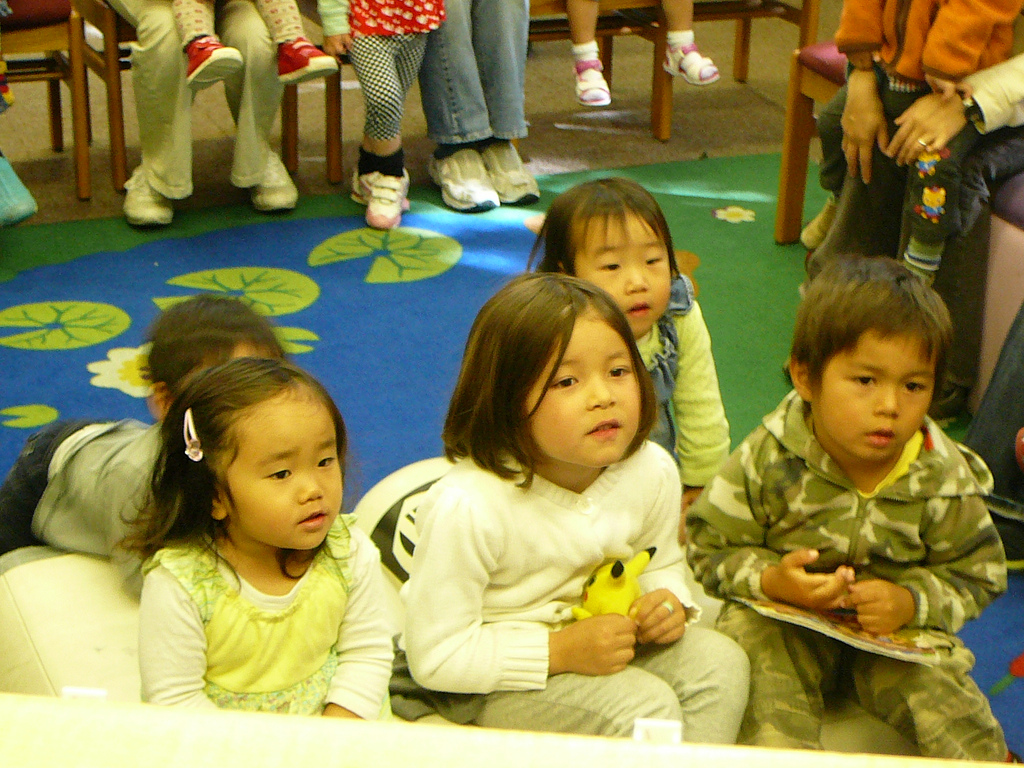Extraordinary Informational Picture Book Power (Part 2)
“I find the great thing in this world is not so much where we stand, as in what direction we are moving.”― Oliver Wendell Holmes
I want to examine eight factors for evaluating informational picture books. These factors are:
- Both the text and the illustrations should explain the information clearly. They should be interesting, stimulating and entertaining.
- It should be clear from the beginning what topic the book covers.
- The author should inform the reader exactly what the book facts include. Stereotypes must not be presented.
- The book’s facts or concepts should be accurate.
- The author should give a clear overview of the subject material.
- The informational book’s content should appeal to a wide age range.
- Books about special interest to a small percentage of the student population, along with those of interest to a large percentage of students should also be included.
- The format (layout) of the book should be both attractive and readable.
I’ll talk about two factors in each of my upcoming four blogs, so I can cover all eight in greater detail.
Factor One – Both the text and also the illustrations should explain the book’s information clearly …
Both the author’s and the illustrator’s work should show enthusiasm for the subject. It is up to the writer to stimulate the subject interest for the reader using appropriate vocabulary. Also, the research must be extremely accurate and presented in such a way that is entertaining and fun to read. The book’s illustrations should exhibit quality visual art. A nice example would be, An Island Scrapbook: Dawn to Dusk on a Barrier Island by author/illustrator Virginia Wright-Frierson (Simon & Schuster, 1998). Here the book describes an artist and her daughter as they venture out from their North Carolina barrier island cottage and explore the many treasures found there.
Factor Two – It should be clear from the beginning what topic the book covers …
It is common to find concept books targeted to nursery school and kindergarten children (six months to age four) focused more toward psychological development. A good example of this type of informational picture book is, Pots and Pans by Patricia Hubbell and illustrated by Diane de Groat (Harper-Collins, 1998). This book helps young children identify objects in their immediate environment using simple verse. Another example is, Beekeepers by Linda Oatman High and illustrated by Doug Chayka (Boyds Mills, 1998). This selection is targeted to children aged four to seven. It shares a very special experience between a grandparent and child as one learns how to dislodge swarming bees from a tress and escort them to an empty hive.
In my next blog, Extraordinary Informational Picture Book Power (Part 3), I’ll talk about how the concept book’s facts must be extremely accurate.
Related Posts
Extraordinary Informational Picture Book Power (Part 1) (October 16, 2014)https://www.kobeemanatee.com/extraordinary-informational-picture-book-power-part-1/
Children Discover Joy of Reading from Book Loving Parents (June 21, 2014) https://www.kobeemanatee.com/children-discover-love-of-reading-from-book-loving-parents/
How Children Benefit from Informational Picture Books (July 25, 2014)https://www.kobeemanatee.com/how-children-benefit-from-informational-picture-books/
Harness the Power of Picture Books (July 22, 2014) https://www.kobeemanatee.com/harness-the-power-of-picture-books/
~ Robert Scott Thayer
